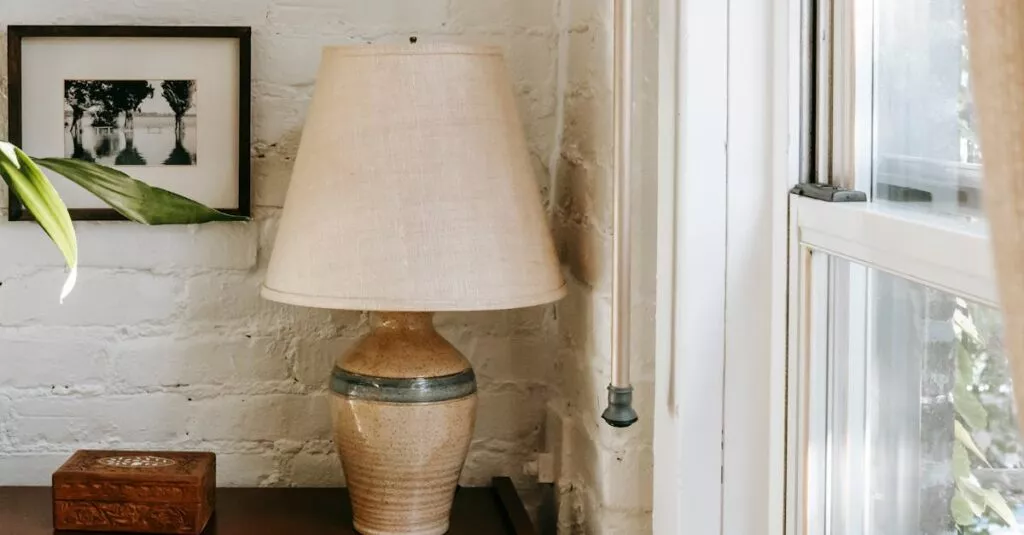Why a Safe Play Space is Essential
Toddlers are little explorers, and having a safe play space is crucial for their development and your peace of mind. Creating a designated area allows them to explore safely without constant supervision. It provides a controlled environment where they can learn and grow. Imagine not worrying about sharp corners or heavy objects falling over—a relief, right? Plus, a dedicated play area helps keep the rest of your home cleaner and more organized.
Discussing the importance of a safe play space first sets the tone and underscores its significance. So, let’s dive into how you can curate this delightful haven for your little one.

Choosing the Right Location
The first step in creating a safe play space is choosing the right location. This might be a corner in the living room, an unused guest room, or even a section of your kitchen. It should be an area where you can easily supervise while doing other tasks. Avoid areas with heavy foot traffic or dangerous objects like stairs. You want a space where both you and your toddler can feel comfortable and relaxed. Think about natural light, proximity to your activities, and even how easily you can baby-proof the area. Choosing the right location sets the foundation for everything else.

Childproofing Tips and Tricks
Childproofing is non-negotiable. Here are some essential tips and tricks to keep your little ones safe:
- Start with covering any electrical outlets and securing loose wires.
- Ensure that furniture is sturdy or anchored to the wall to prevent tipping.
- Use corner guards on sharp edges to prevent injuries.
- Remove small objects that can be swallowed.
- Consider using soft flooring such as foam mats or carpets to cushion falls.
- Double-check for choking hazards and keep toxic plants out of reach.
The effort you put into childproofing now will save you from endless worry later. Trust me!

Selecting Age-Appropriate Toys
Now, onto the fun part—selecting toys! Ensure that all toys are age-appropriate and checked for safety certifications. Avoid toys with small parts that could be choking hazards. Think colorful stacking blocks, plush toys, and interactive play mats. Rotating toys can also keep the play area engaging without overwhelming it with clutter. Variety is key; it keeps your toddler interested and stimulates different aspects of their development. From toys that promote motor skills to those that encourage cognitive development, make sure each toy is a helpful tool in your toddler’s learning journey.

Incorporating Learning into Play
Playtime is not just about fun—it’s a great opportunity for learning. Incorporate educational toys that foster creativity and problem-solving skills, like puzzles and building blocks. Use flashcards or storybooks to introduce new concepts and language skills. Even a simple game of ‘find the colors’ can be educational. Toddlers learn a lot through play, so why not make it as enriching as possible?
Consider setting up small themed corners, like a mini library or a tiny science lab with safe experiments. This makes playtime both educative and enjoyable.

Handling Emotional Challenges
Creating a safe play space isn’t just about physical safety; it also involves emotional well-being. Toddlers can experience frustration, fear, or even boredom. It’s essential to be patient and observant. Offer comfort and encouragement, and sometimes, just let them explore their emotions. A designated ‘calm-down’ corner with soft pillows and favorite toys can do wonders. Encourage them to express their feelings through play or simple conversations. This adds an emotional layer of safety, letting them know their play area is a stress-free zone where they can be themselves.

